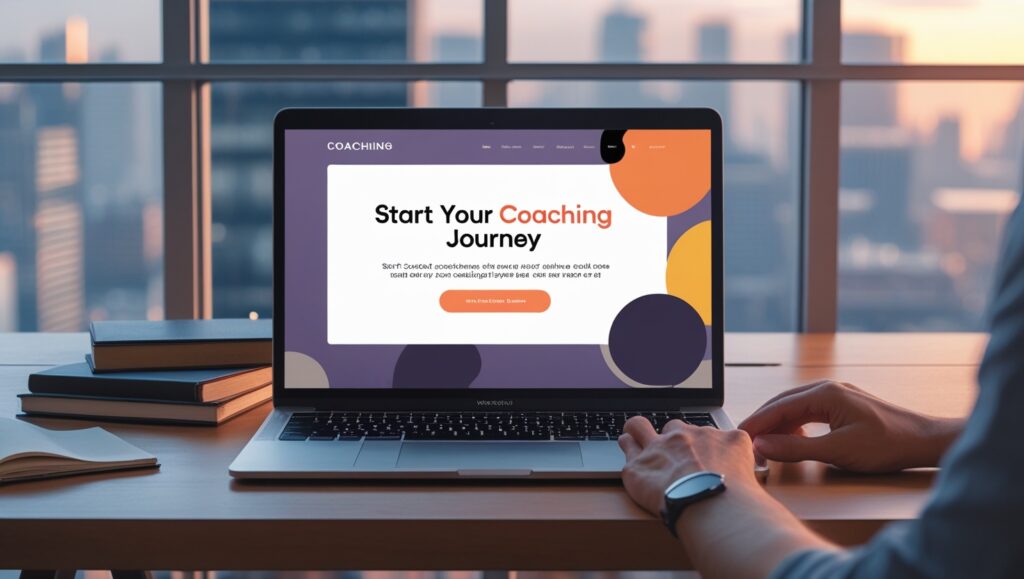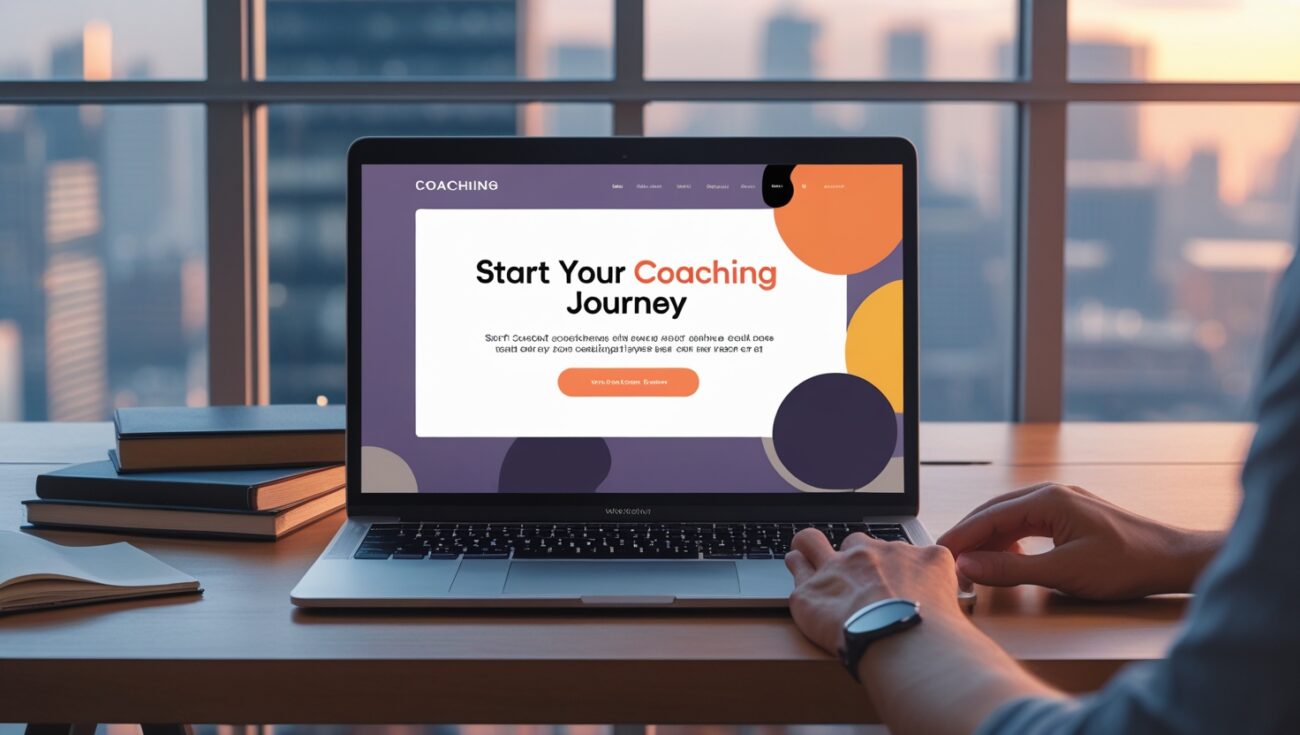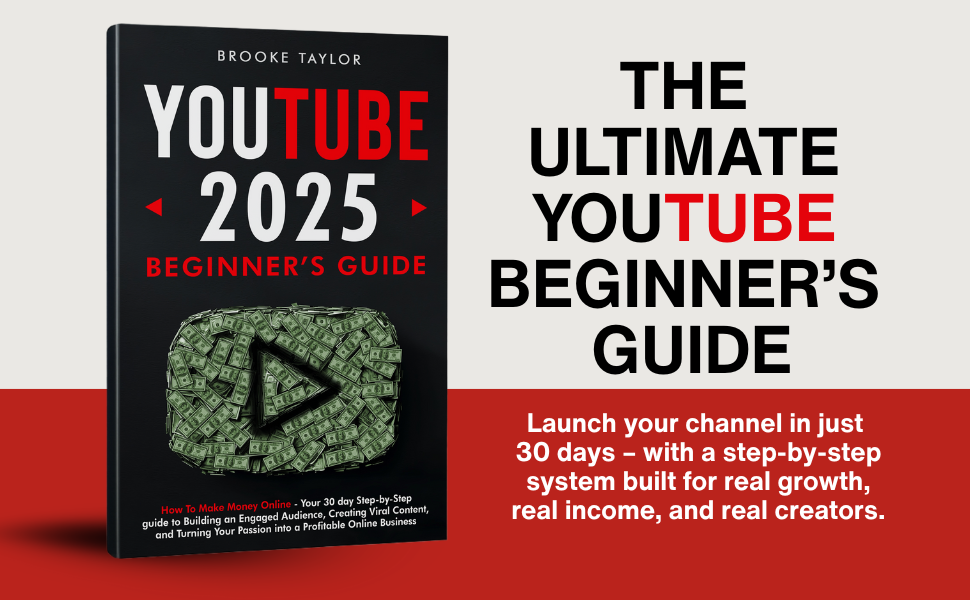How to Start a Coaching Business Online With No Audience
When I started my online journey, I had one big question: “Can I start a coaching business online with no audience?” The answer is yes—and I’m proof. I didn’t have thousands of followers or an email list when I began. I just had my knowledge and a system to get in front of the right people.
If you’re reading this, you’re probably in the same position. You know you can help others, but you’re wondering how to find clients for your coaching business when nobody knows who you are. Let me break down exactly how I built my online coaching business from zero.

Table of Contents
Why You Don’t Need a Big Audience to Start
A lot of people think they need a huge social media following before they can start earning money online. That’s simply not true. What you really need is a way to connect directly with potential clients and offer them value.
I realized early on that it’s better to have 10 quality conversations with people who need my help than 10,000 random followers. Once I focused on that, my first coaching clients came in quickly.
The Platform That Made It Possible
The easiest way I found to start was using Skool. With Skool, I didn’t need a website, a complicated funnel, or even expensive software. I created a simple group, added my coaching services, and started connecting with people.
Skool allows you to:
- Build a professional coaching hub online in minutes
- Collect payments without using multiple tools
- Grow a community where potential clients can engage with you
- Manage all your content, calls, and messages in one place
This one platform made my business look legit, even though I was starting from scratch.
How I Landed My First Coaching Clients
Here’s exactly what I did:
1. Define the Problem You Solve
I got super clear on what my coaching actually helps people with. The more specific you can be, the easier it is for someone to say “yes.”
2. Set Up My Skool Account
I used Skool to set up a community and list my coaching offer. It only took me one afternoon.
3. Reach Out Directly
I started having conversations with people in Facebook groups, LinkedIn, and even referrals from friends. I would invite them into my Skool community for free content and connection, and that naturally led to clients.
Why This Works Without an Audience
Most people fail because they hide behind a website or social media posts, waiting for clients to magically appear. When you focus on building a small, engaged community, you don’t need an audience of thousands.
I love that I can nurture my clients and potential clients inside one space. They get to know me, trust me, and see my expertise before they ever pay me. That trust is what leads to sales.
My Best Advice If You’re Starting From Zero
- Don’t wait to build a big following. Focus on real connections.
- Use a platform like Skool to look professional from day one.
- Offer value up front, even if it’s free content or Q&A calls.
- Ask for feedback and refine your offer based on what people need.
Ready to Start Your Coaching Business Today?
I know how intimidating it can be to start a coaching business with no audience, but I promise it’s possible. I’ve done it, and so can you.
If you want the fastest way to get started, sign up for Skool here: https://www.skool.com/signup?ref=1ec568c8b52c4003bec6f83bc60e710c. You can create your coaching group today and start connecting with potential clients immediately.
When I first started brainstorming membership site ideas, I kept overcomplicating the process. I thought I needed a revolutionary concept. But the truth is, you can build a profitable membership with something you already know and are passionate about.
One thing I’ve learned is that specific communities do better. Instead of a general fitness membership, focus on a specific audience, like “busy moms who want 20-minute workouts.” The more specific you are, the easier it is to attract the right members.
If you’re ready to launch your membership site, sign up for Skool here: click this link to create your group now.
Another idea is to take something you’re already teaching in 1:1 coaching or consulting and turn it into a group format. This allows you to help more people at once while reducing the time you spend delivering the service.
I also love the idea of building micro-niche communities. For example, instead of “writers,” create a membership for “sci-fi authors self-publishing their first book.” These niche groups are highly engaged because members share the same challenges and goals.
Once you’ve picked your idea, focus on building a minimum viable membership. You don’t need to launch with dozens of lessons. Just create one or two pieces of valuable content, schedule your first group call, and start inviting members.
I started my first membership with just 8 paying members. That small group gave me the confidence and feedback I needed to grow. Even if you only have 10 members paying $49/month, that’s nearly $500 in recurring revenue to build from.
Another tip is to add personal touches early on. Welcome each new member personally, celebrate their wins, and ask for their input. When people feel connected, they stay subscribed longer.
Skool makes it easy to deliver this kind of experience because the community feed, classroom, and calendar are all in one place. Members know exactly where to go, which keeps engagement high.
Don’t forget about referrals. Offer a small reward or recognition for members who bring in a friend. When you have a great membership, word of mouth can become one of your biggest growth drivers.
Finally, remember that membership sites create predictable recurring revenue. You don’t need to constantly launch new products or hunt for clients. Even a modest community can replace your current income and give you freedom.
Click here to sign up for Skool now: launch your membership site and start growing your community today. Once you see how simple it is to set up, you’ll wish you started sooner.






